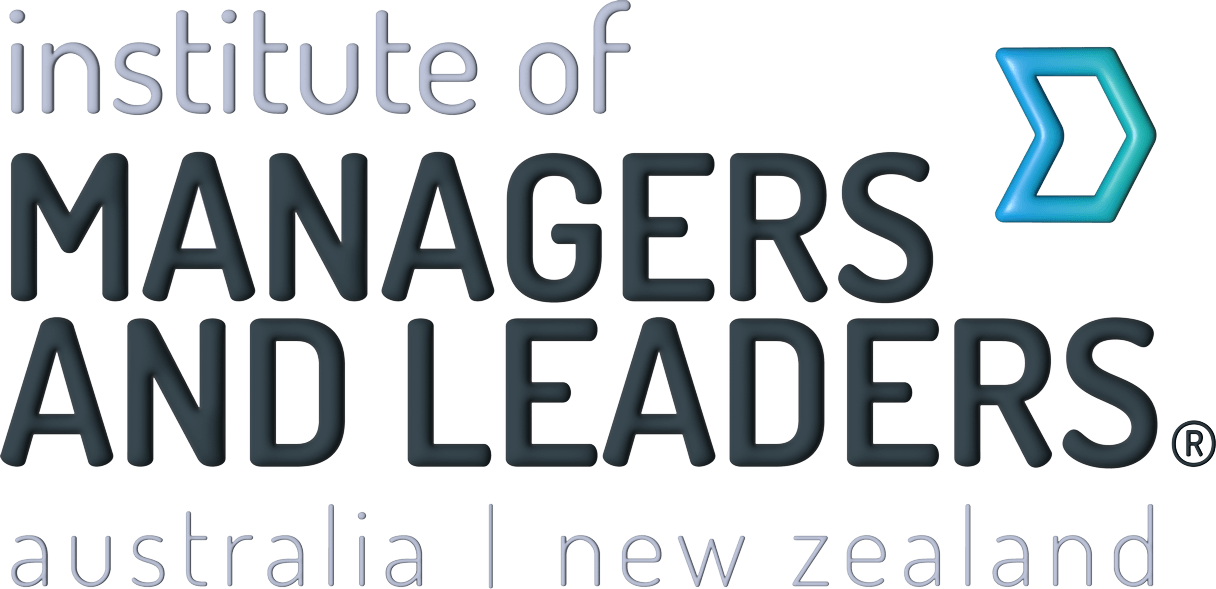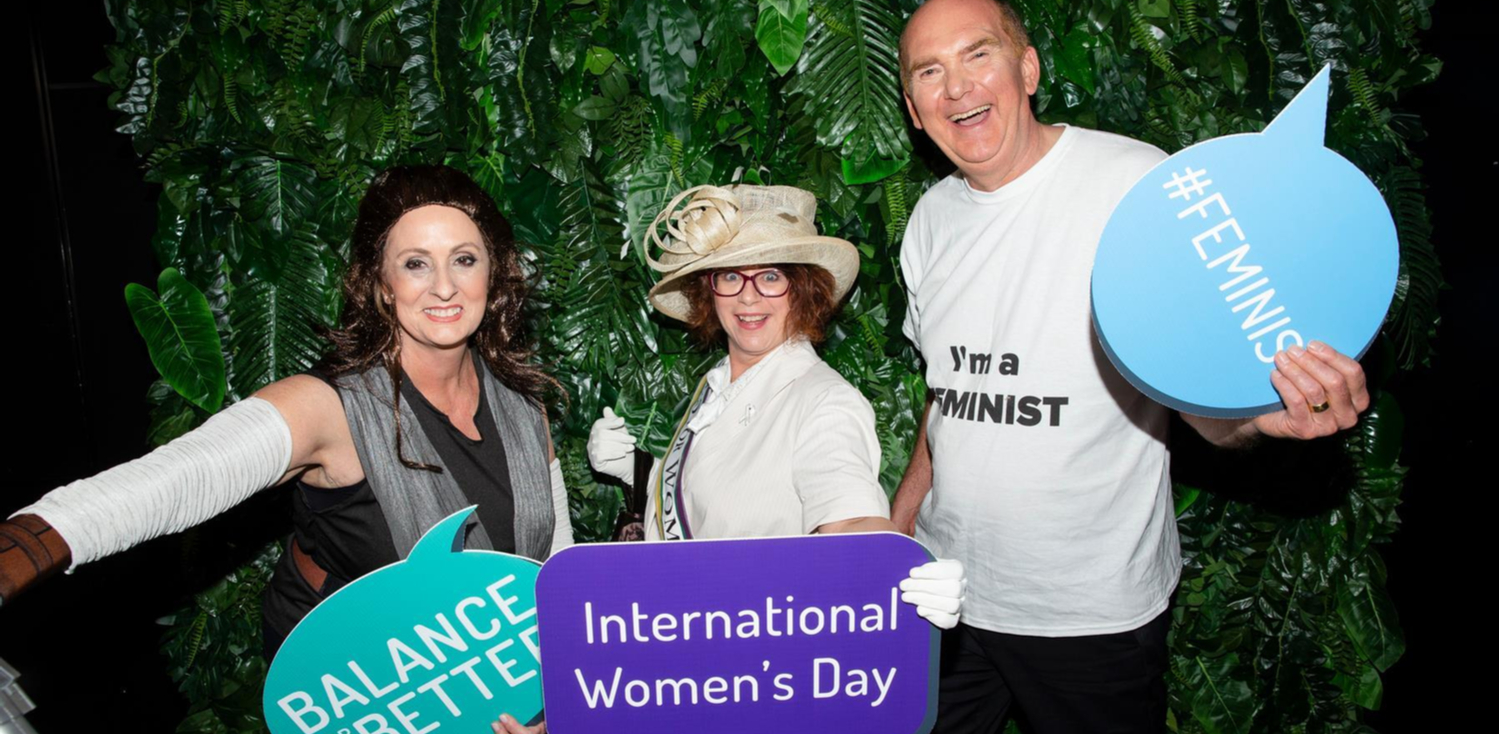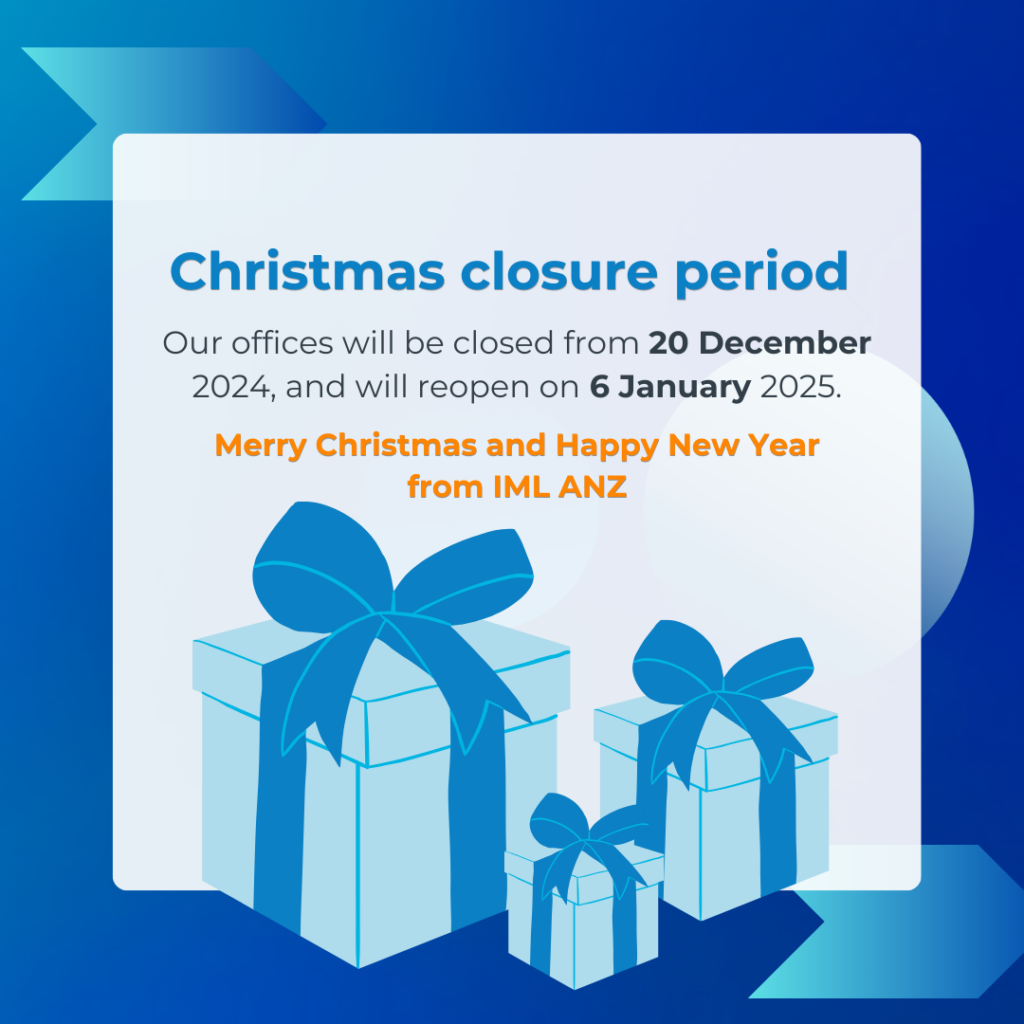By Karyl Estrella MIML
While the day dedicated to all things women’s equality might be over, it takes more than 24 hours to transform and shape the social order. In fact, International Women’s Day’s (IWD) #BalanceForBetter campaign will continue to run all year long.
Building a gender-balanced society requires courageous leaders. So IML ANZ spoke to three fearless, leading women – all of whom spoke at our IWD Great Debate events.
We get a glimpse of their views on the current state of gender equality, the role of professional development in moving the needle and what practical steps leaders can take to achieve true balance.
Gender balance: current state of play
For Privcore’s Managing Director and data privacy thought-leader Annelies Moens CMgr FIML, the current state of gender balance is a precarious dance. “I am reminded of a quote about Ginger Rogers and Fred Astaire attributed to Bob Thaves. While Fred was great, let’s remember Ginger Rogers did everything he did backwards and in high heels,” said Moens.
That women usually have to perform better than men is a sentiment shared by Clariti Group’s CEO, Belinda-Jane Dolan CMgr FIML. Herself having to battle through disadvantages including being rejected for top leadership roles due to her gender, Dolan reflects, “As women, we have to work incredibly hard. Now, should we? The reality is no, we shouldn’t have to work any harder than anybody else. But how can we now change the conversation to ensure this doesn’t have to happen for generations to come?”
A crucial area where gender balance is obviously lacking is on the boards of the largest Australian companies. According to Maroondah City Council’s Director of Corporate Services, Marianne Di Giallonardo CMgr MIML, the problem could be rooted in change aversion – for both men and women. “The reason why women on the boards of ASX corporations is only 30% is that for the men, the other 70%, it’s hard to give up the benefits of those roles,” she said.
Di Giallonardo adds, “To get to 50-50, 20% of the male groups that are currently participating have to not participate, and then an extra 20% of females need to participate. So the big question is how do we gear all of the systems, processes and unconscious biases for that to happen.”
A poignant question which isn’t resolved with just one answer.
Visibility is key
One possible response seems to rest on role models. Dolan emphasises that the visibility of women in leadership plays a crucial role in helping younger women attain for it. “I do believe that you definitely can’t be what you can’t see. If you are not able to see women leaders then how do you know that’s a role you can achieve?” Dolan added.
And visibility must stretch beyond the workplace, as Moens explains, “Advertising for airlines’ premium products, such as business class, often shows images of men sitting in business class seats served by female cabin crew. I would love to see more images of women in those business class seats being served by male cabin crew.”
Indeed, seeing women in powerful or influential positions can help shift perceptions and alter mindsets about what leadership really looks like.
Not a numbers game
“Often the notion of quotas come through,” Di Giallonardo points out. But she adds that it’s much more than a numbers game. “You don’t want to set a number and then just get people into the roles because you’re trying to meet the quotas,” she says.
Dolan agrees, “From what I’ve seen at high-performing organisations, they’re not hiring in leadership roles based purely on gender. It’s imperative that the correct person is hired for the right role. As a female leader and a board director, I want to be in that role because I’m the best candidate and not based solely upon my gender.”
Development matters
Moens is quick to point out that the skills and competencies that leaders need to respond to a society seeking balance, is changing fast. She explains, “You need a broad range of interdisciplinary skills, including people leadership skills, communications, technical or competency areas depending on your industry. Constant learning is required, regardless of your role, but especially as a leader.”
Additionally, there’s a real danger when the thinking and mindset of a leader stands still. Dolan confirms, “Neurologically, our brains need to be stimulated. We need to be stretched and challenged in order to grow, if not we become stagnant or worse still our skills are not relevant. As leaders, we need to take accountability for our growth to actively seek out development opportunities and challenge ourselves to always be better leaders.” Dolan adds, “Being a leader means we should be learning alongside our teams too, establishing connections and growing with them.”
Hence, there’s merit in ensuring leaders are measuring up to the best. Di Giallonardo agrees, “With the Chartered Manager designation, I think it’s a fantastic opportunity to get yourself benchmarked with an international standard.”
She adds, “I’m always encouraging everyone to think about growth and development – so that people can shine and at the end of the day, that’s what all companies want. We want all our staff to shine. Not only for themselves but for the whole team.”
Practical steps to fuel change
- Rethink recruitment. Moens challenges leaders to step outside of their comfort zones when it comes to hiring. She concludes, “The less we hire people that look like us or think like us the better for a diverse and inclusive workplace.”
- Improve work-life balance. Di Giallonardo believes in creating as many opportunities that promote equality in the roles of men and women. “Depending on where you work, men are given a few days of paternity leave whereas women can take much longer. That could be seen as being unequal. It’s worth looking at it with fresh eyes to see what you can do to try and swing that around,” she says.
- Professional support. Having a strong network is vital. And this must not stop at the occasional networking event or time-bound coaching sessions. “Managers and leaders need to encourage and train sponsors, so they can be confident with people who are different to them or who may ultimately challenge them. Inevitably, when sponsors become comfortable with people not like them, outdated attitudes will fall to the wayside,” Moens points out.
Change and ultimately balance, can be achieved with sustained effort by both men and women. Dolan is hopeful in what she’s seen happen so far. She reflected, “If I go back 10–15 years, there were substantially less women leading. In 2018, 15 of 146 world leaders are women, eight of whom served as their country’s first female leaders. Whilst we have more women in leadership than ever before there is much more we need to do.”
For Di Giallonardo, the strive for balance requires the efforts of both men and women – but women especially should take heart. “There’s strength on the male side and there’s strength on the female side. But there’s nothing women can’t do if they’re given the opportunity to do it.”

Karyl is IML ANZ’s content producer. Contact her for queries regarding the IML ANZ blog and quarterly magazine, Leadership Matters.











